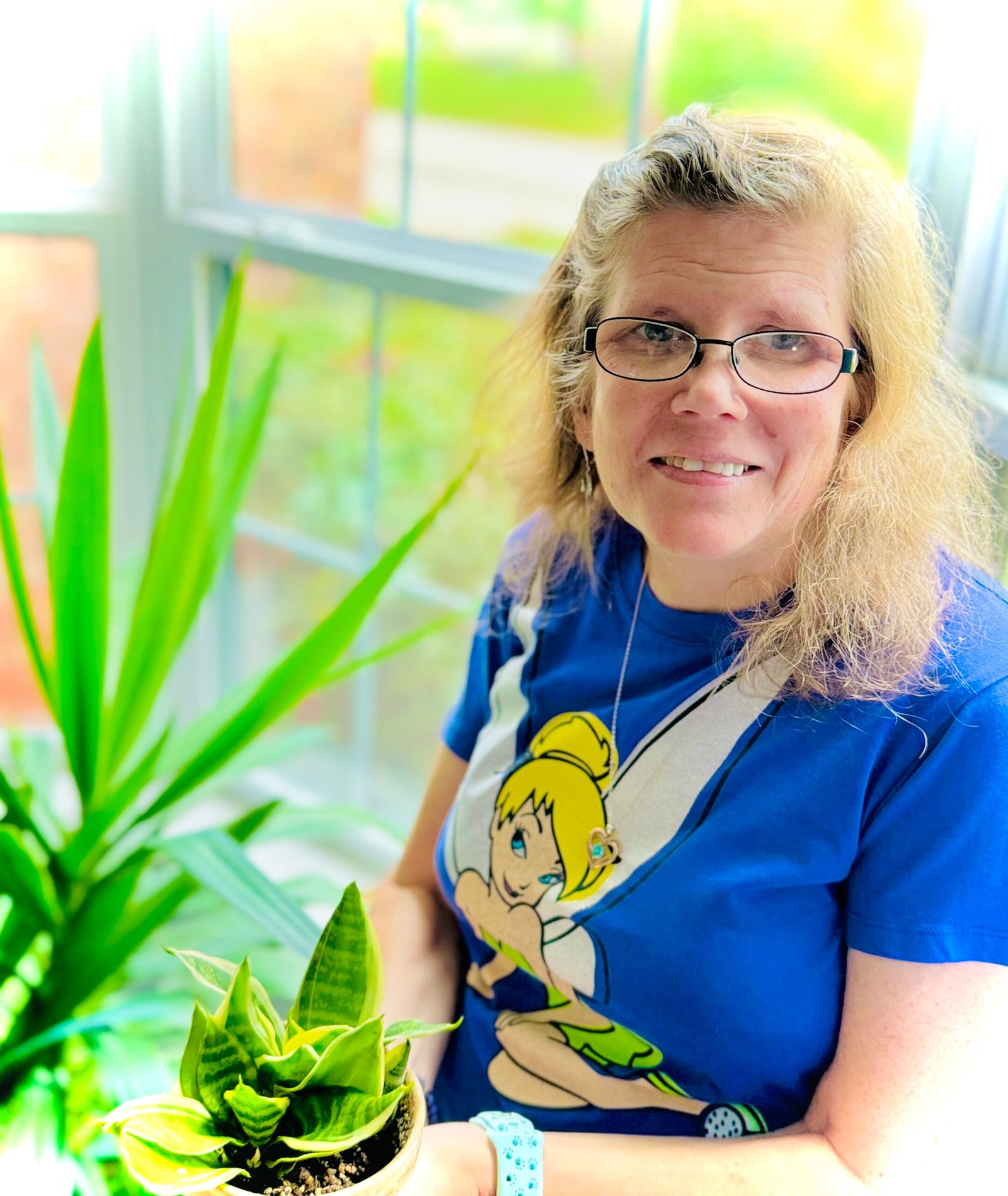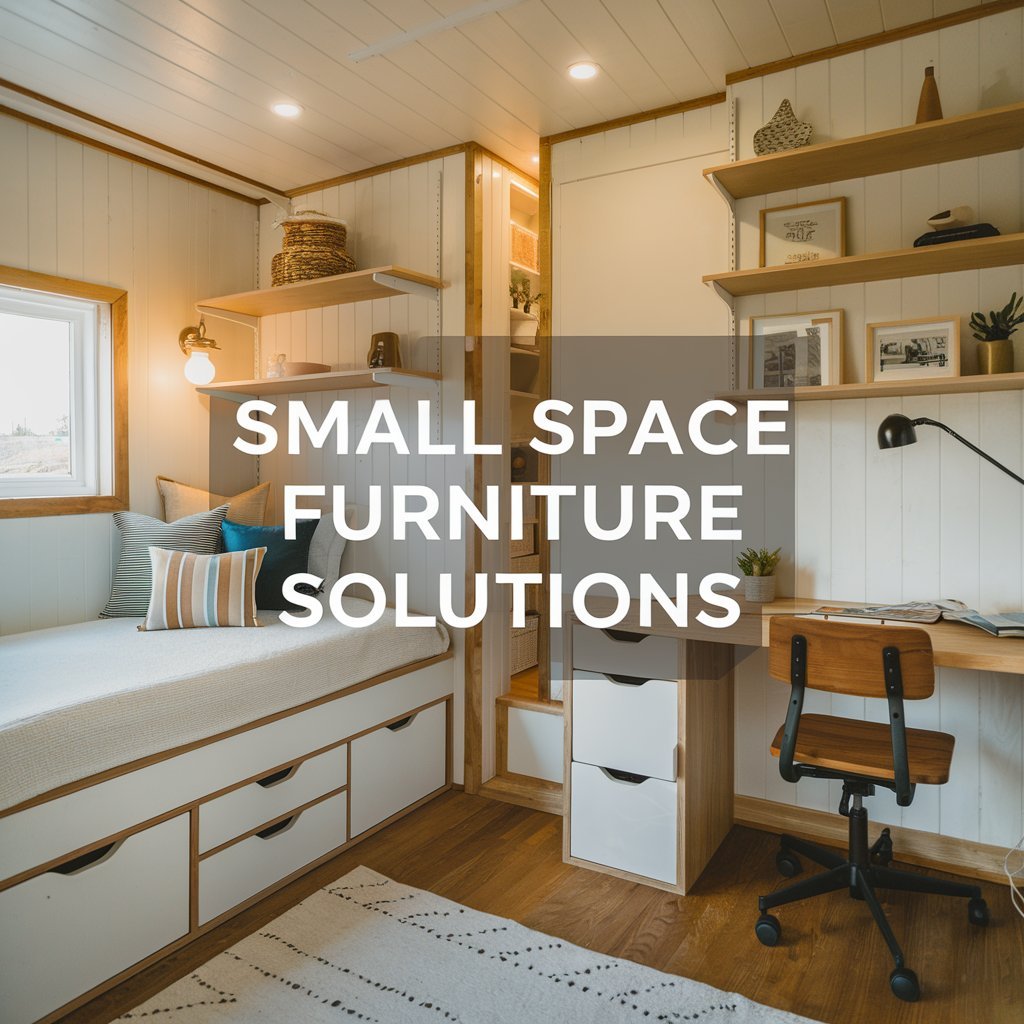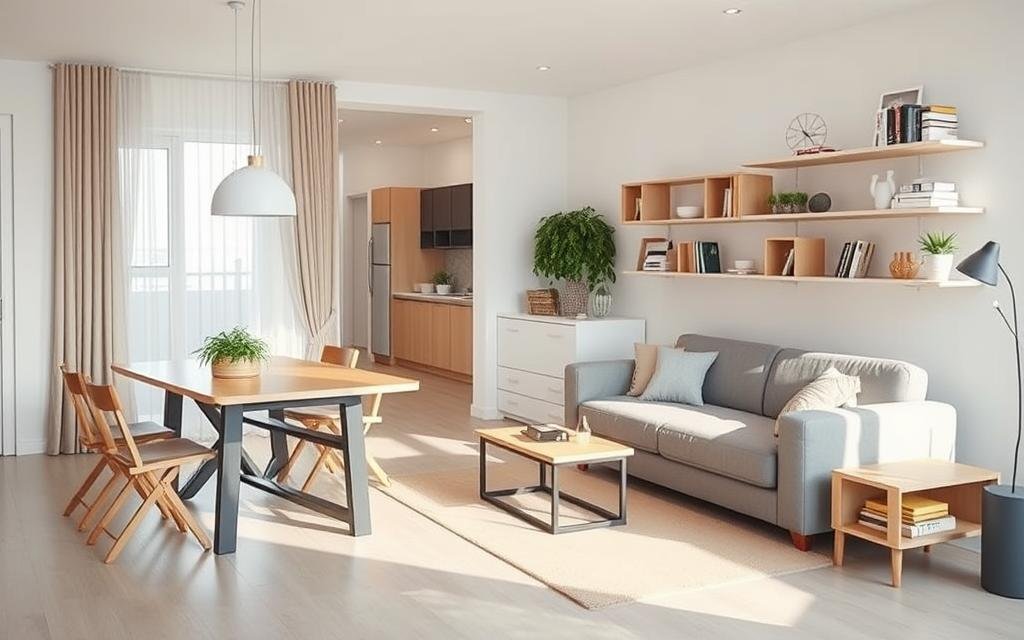Living tiny with a family might seem like a daunting challenge, but with strategic planning and innovative design, a tiny house can transform into a remarkably comfortable and enriching home for parents and children alike. The burgeoning interest in “tiny house family” living, evidenced by thousands of monthly searches, underscores a growing desire for minimalist lifestyles that prioritize experiences over excessive possessions.
This comprehensive guide delves into practical solutions for creating a harmonious tiny home environment that caters to the unique needs of children, from toddlers to teens, ensuring safety, fostering creativity, and providing ample space for growth and play. By embracing smart layouts, multi-functional furniture, and clever storage hacks, families can unlock the full potential of their compact dwellings, proving that big adventures and cherished memories don’t require sprawling square footage.
Table of Contents
Navigating the nuances of tiny living with kids involves more than just scaling down; it requires a thoughtful reimagining of traditional living spaces to optimize every inch for functionality and joy. From the initial design phase, considerations such as child-proofing, dedicated play zones, and adaptable sleeping arrangements become paramount. This article will explore a spectrum of ingenious tips and tricks, offering actionable advice on everything from securing hazardous areas to designing custom bunk bed solutions that double as adventure hubs.
We’ll also delve into creative toy storage hacks that maintain order without sacrificing accessibility, and convertible play/bed spaces that seamlessly transition to meet evolving family needs. The goal is to demonstrate that a tiny house can be a vibrant, dynamic, and incredibly fulfilling home for a family, fostering closeness and encouraging a deeper connection with the world outside their front door.
Embracing the tiny house lifestyle as a family is a conscious choice towards intentional living, financial freedom, and environmental stewardship. It’s an opportunity to declutter not just physical possessions, but also the mental clutter of consumerism, allowing families to focus on what truly matters: quality time, shared experiences, and sustainable practices. This shift in perspective, combined with the right design strategies, can lead to a more connected and resilient family unit.
As you embark on or continue your tiny house journey, this guide serves as your essential resource for transforming potential challenges into exciting opportunities, ensuring your compact home is not just a dwelling, but a haven where every family member thrives. For broader insights into maximizing comfort and functionality in any tiny home, consider exploring our article on 14 Smart Hacks to Make Your Tiny House Feel More Spacious.
Kid-Proofing Your Tiny Home: Safety First
Safety is paramount when living in a tiny house with children. The compact nature of these homes means that potential hazards are often closer at hand, requiring a proactive approach to child-proofing. From securing cabinets and drawers to installing safety gates and covering outlets, every detail must be considered to create a secure environment where children can explore and play freely. This section will outline essential kid-proofing strategies, offering practical advice and product recommendations to ensure peace of mind for parents and a safe haven for little ones. Remember, a safe environment is the foundation for a happy and thriving tiny house family.
Essential Child-Proofing Measures
•Secure Cabinets and Drawers: Install child-proof latches on all cabinets and drawers, especially those containing cleaning supplies, sharp objects, or breakables. Magnetic locks offer a discreet and effective solution.
•Outlet Covers: Cover all unused electrical outlets with safety caps to prevent curious fingers from accidental shocks.
•Corner and Edge Guards: Apply soft, cushioned guards to sharp corners and edges of furniture, countertops, and built-in structures to prevent bumps and bruises.
•Stair and Loft Safety: For tiny homes with lofts or stairs, safety gates are indispensable. Ensure guard rails on lofted beds are secure and high enough to prevent falls. Consider non-slip treads on stairs.
•Window Safety: Install window guards or stops to prevent windows from opening too wide, reducing the risk of falls. Ensure blinds and curtain cords are out of reach to prevent strangulation hazards.
•Appliance Security: Secure appliances like refrigerators and ovens with anti-tip brackets. Use stove knob covers to prevent accidental activation.
•Fire Safety: Install smoke detectors and carbon monoxide detectors, and have a fire extinguisher readily accessible. Educate older children about fire safety and emergency exits.
•Anchoring Furniture: Anchor heavy furniture, such as bookshelves and dressers, to walls to prevent them from tipping over.
Family-Friendly Layouts: Designing for Harmony and Functionality
Creating a functional and harmonious layout in a tiny house for a family requires thoughtful design that maximizes every square foot. The goal is to create distinct zones for sleeping, playing, studying, and relaxing, even within a limited footprint. Multi-functional furniture, clever storage solutions, and adaptable spaces are key to achieving this balance. This section will explore various layout strategies and design elements that cater to the diverse needs of a tiny house family, ensuring comfort, privacy, and efficient use of space. The right layout can transform a small dwelling into a spacious and inviting home for everyone.
Optimizing Sleeping Arrangements: Bunk Beds and Beyond
Sleeping arrangements are often a primary concern for families in tiny homes. Innovative solutions can provide comfortable and private spaces for children:
•Lofted Bunk Beds: Utilizing vertical space with lofted bunk beds is a popular and efficient solution. Ensure the design includes sturdy guard rails and a safe ladder or stairs. The space underneath can be used for a desk, play area, or additional storage.
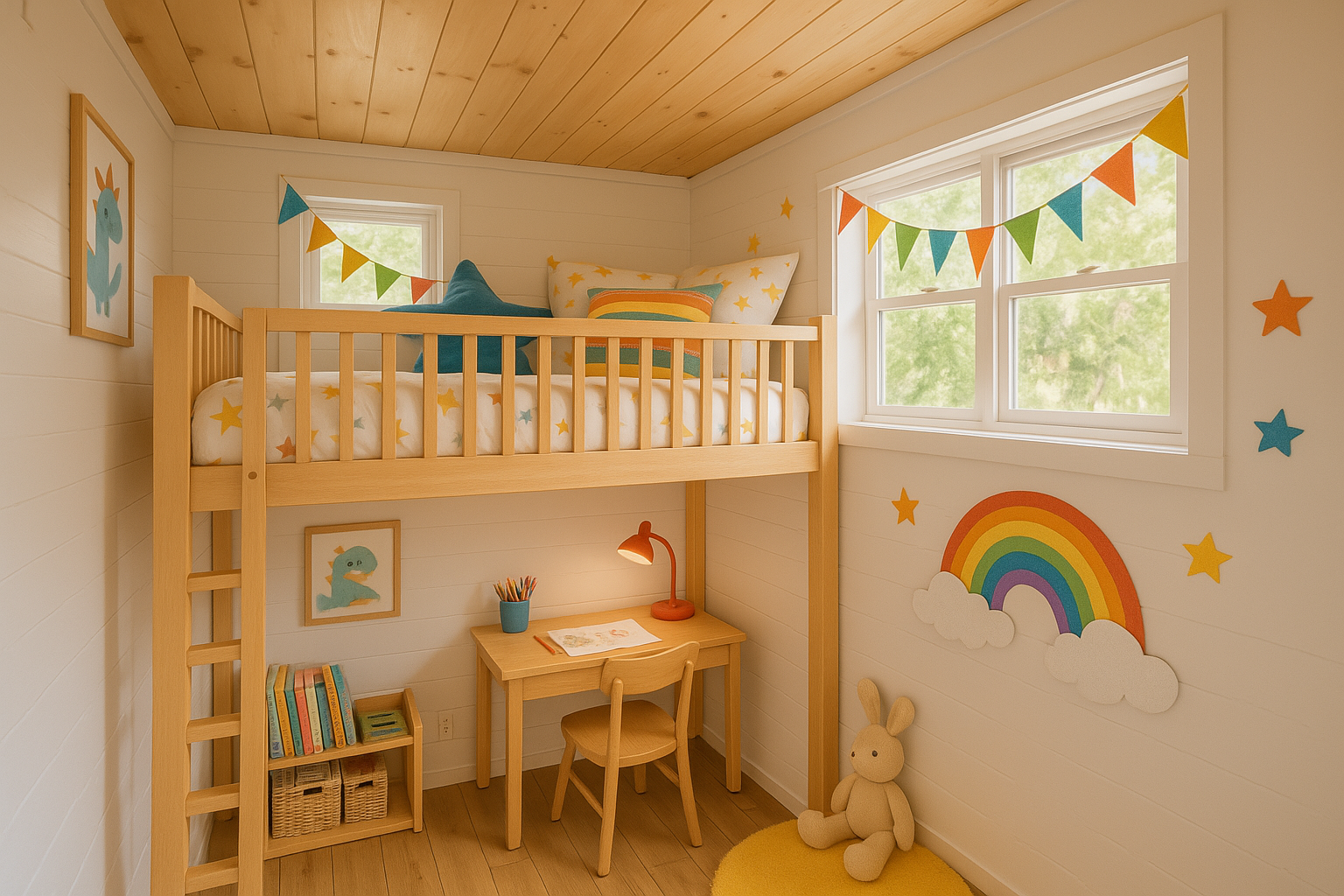
•Pull-Out Beds/Trundles: Beds that slide out from under another bed or from a built-in platform can provide extra sleeping space when needed and disappear during the day.
•Convertible Sofas/Daybeds: A sofa that converts into a bed can serve as a comfortable seating area during the day and a sleeping space at night, ideal for older children or guests.
•Dedicated Kids’ Lofts: Some tiny homes feature a separate, smaller loft specifically designed for children, offering them a sense of their own private space.
•Murphy Beds: While less common for children, a Murphy bed can be a space-saving solution for a guest room or a teen’s bedroom, folding away into a wall unit when not in use.
Creative Play and Study Zones
Even in a tiny house, dedicated spaces for play and study are essential for children’s development and well-being:
•Convertible Play/Bed Spaces: Design areas that serve multiple purposes. A play corner with a fold-down table can become a study desk, or a built-in bench can transform into a reading nook.
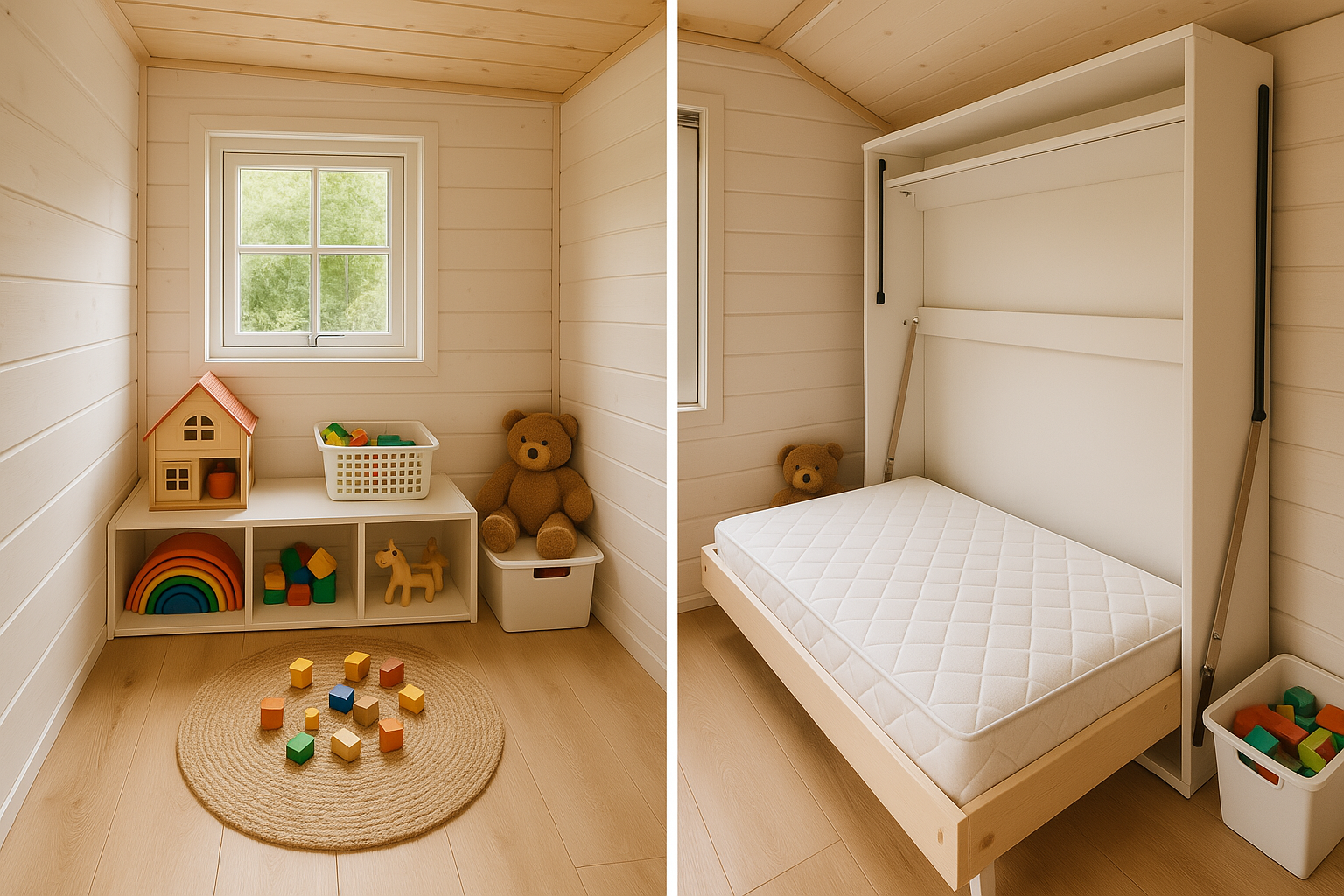
•Alcoves and Nooks: Utilize small, otherwise unused spaces to create cozy alcoves for reading, drawing, or quiet play. These can be built-in with shelves and comfortable cushions.
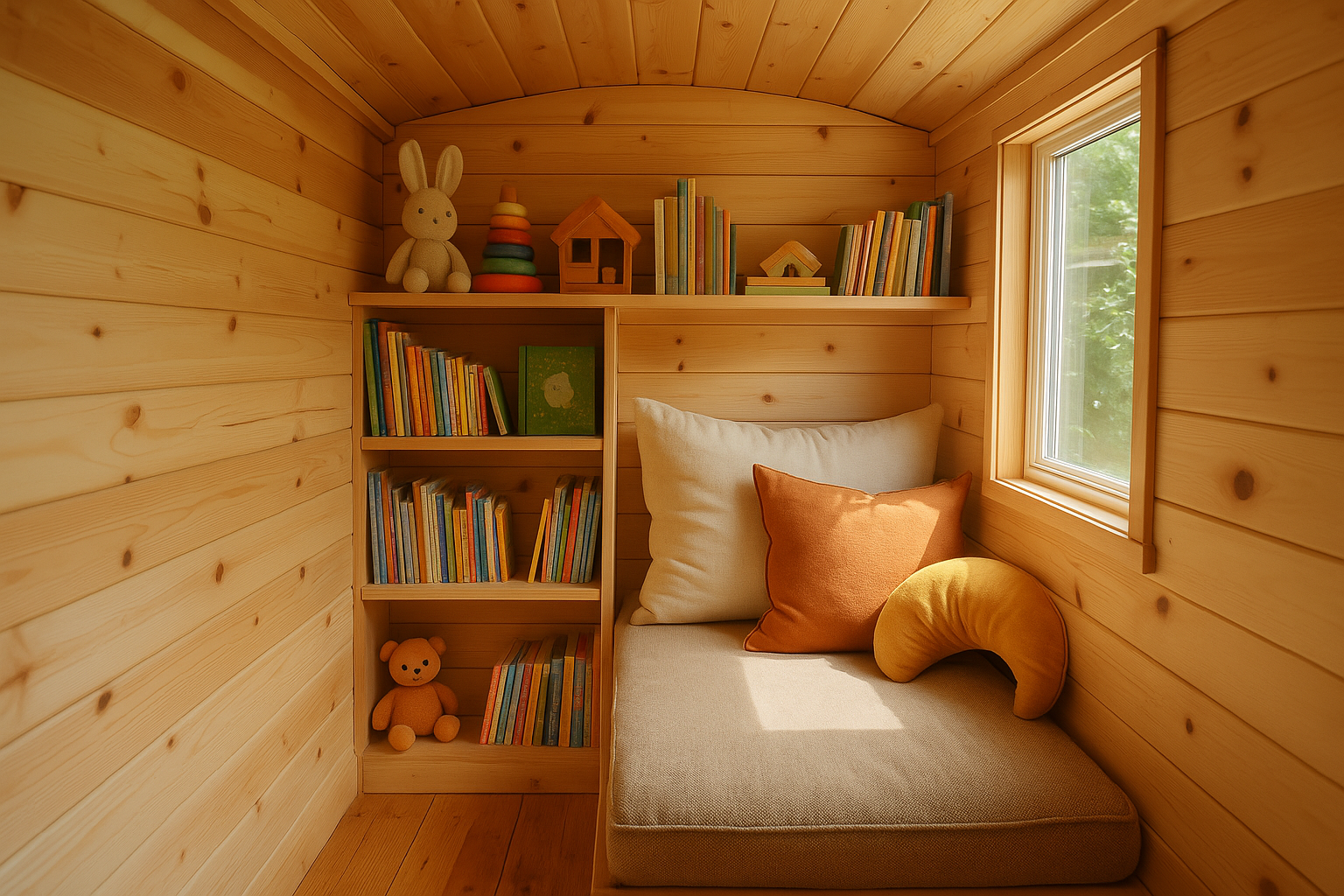
•Fold-Down Desks/Tables: Wall-mounted, fold-down desks or tables can provide a surface for homework or creative activities and then be stowed away to free up floor space.
•Vertical Play Areas: Consider climbing walls, rope ladders, or even small indoor slides if space and safety allow, turning a functional element into a fun play feature.
•Outdoor Extension: Encourage outdoor play and learning by creating a designated outdoor space adjacent to the tiny home, such as a small fenced yard or a deck with play equipment. This extends the living area and provides a vital outlet for children’s energy. For more ideas on outdoor living, see our article on Tiny House Outdoor Living and Gardening Ideas: Expanding Your Horizons.
Toy Storage Hacks: Keeping Clutter at Bay
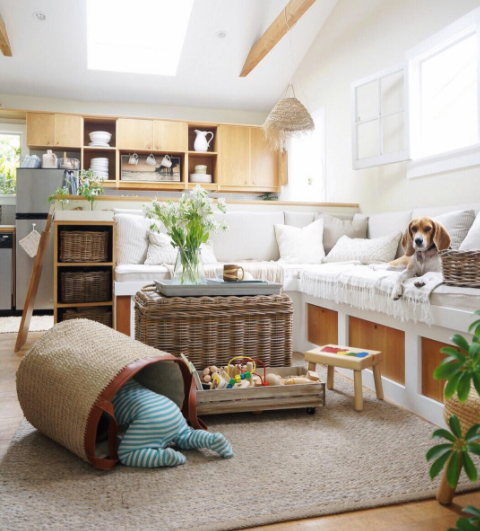
One of the biggest challenges in any family home, especially a tiny one, is managing toys and preventing clutter. Effective toy storage in a tiny house is not just about tidiness; it’s about maintaining a sense of calm and order in a compact living environment. The key lies in multi-functional storage solutions, vertical organization, and a disciplined approach to toy rotation. This section will provide innovative hacks to keep toys organized, accessible, and out of sight when not in use, ensuring that play doesn’t overwhelm the living space. Remember, every item in a tiny house should earn its place, and toys are no exception.
Smart Storage Solutions for Kids” Belongings
•Under-Bed Storage: Utilize the space under beds with rolling bins, drawers, or pull-out platforms. This is ideal for larger toys, seasonal items, or extra bedding.
•Built-in Storage: Incorporate built-in shelves, cabinets, and drawers into the tiny house design. These can be integrated into stairs, walls, or under seating areas, providing seamless and efficient storage.
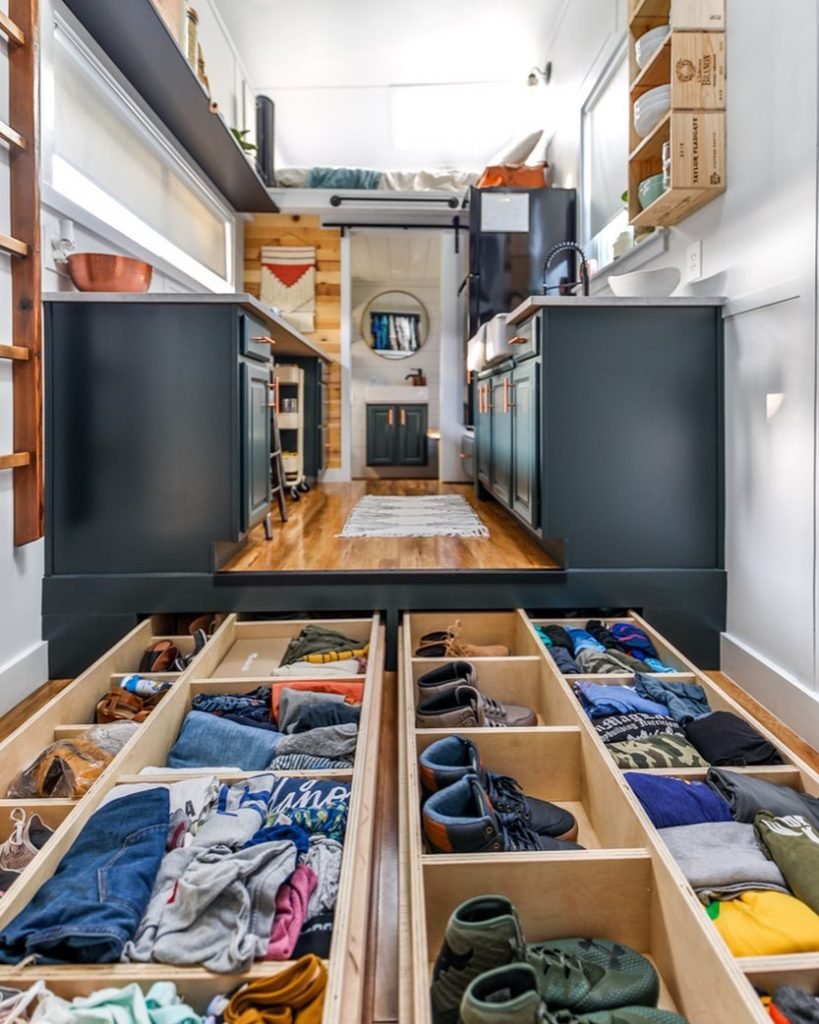
•Vertical Storage Units: Maximize vertical space with wall-mounted shelves, cubbies, and hanging organizers. Over-the-door shoe organizers can be repurposed for small toys, art supplies, or toiletries.
•Toy Rotation System: Implement a toy rotation system where only a portion of toys is accessible at any given time. Store the rest in designated bins and rotate them periodically. This keeps children engaged with fewer toys and reduces clutter.
•Multi-functional Furniture with Storage: Invest in furniture that serves a dual purpose, such as ottomans with storage, benches with lift-up lids, or coffee tables with hidden compartments. These pieces provide both seating/surface area and valuable storage space.
•Netted Storage: For soft toys or stuffed animals, consider installing nets in corners or along walls. This keeps them off the floor while adding a playful element to the room.
•Clear Bins and Labels: Use clear storage bins to easily identify contents, and label them with pictures or words (for older children) to encourage independent clean-up.
•Wall-Mounted Baskets/Pockets: Fabric pockets or small baskets mounted on walls can hold books, art supplies, or small toys, keeping them within reach but off surfaces.
Creating Convertible Play/Bed Spaces: Adaptability is Key
In a tiny house, spaces often need to serve multiple functions throughout the day. This is especially true for areas dedicated to children, where a play zone might transform into a sleeping area, or a study nook might become a creative hub. Designing convertible spaces ensures maximum utility and flexibility, allowing the tiny home to adapt to the family’s changing needs and routines. This section will explore various strategies for creating dynamic, multi-purpose areas that seamlessly transition between different activities, making the most of every square foot.
Innovative Solutions for Dynamic Spaces
•Murphy Beds/Wall Beds: While often associated with adult spaces, smaller Murphy beds can be integrated into a child”s room or a common area, folding away into a wall unit to free up floor space for play during the day.
•Platform Beds with Integrated Play Areas: Design a raised platform bed where the space underneath is dedicated to a play area, complete with a small table, chairs, or even a slide. This creates a fun, multi-level zone.
•Fold-Down Tables/Desks: Install tables or desks that fold down from the wall when needed for homework, crafts, or meals, and then fold back up to reclaim floor space.
•Modular Seating: Use modular seating units that can be rearranged to form different configurations – a sofa for lounging, individual chairs for reading, or a large play mat. These often come with built-in storage.
•Curtains or Room Dividers: Use lightweight curtains, sliding panels, or even large bookshelves on wheels to create temporary divisions, allowing for privacy or separating a play area from a living space.
•Convertible Benches: Benches with hinged tops can serve as seating during the day and, with the addition of cushions, transform into a comfortable sleeping surface at night.
•Loft Play Areas: If a tiny house has a loft, dedicate a portion of it as a play area. This can be a carpeted space with beanbags, a small tent, or a designated zone for quiet activities. Ensure safety railings are in place.
•Slide-Bunk Ladders: For an engaging and space-saving solution, consider a bunk bed design that incorporates a slide as an alternative to a traditional ladder. This adds an element of fun and encourages active play within the tiny home.
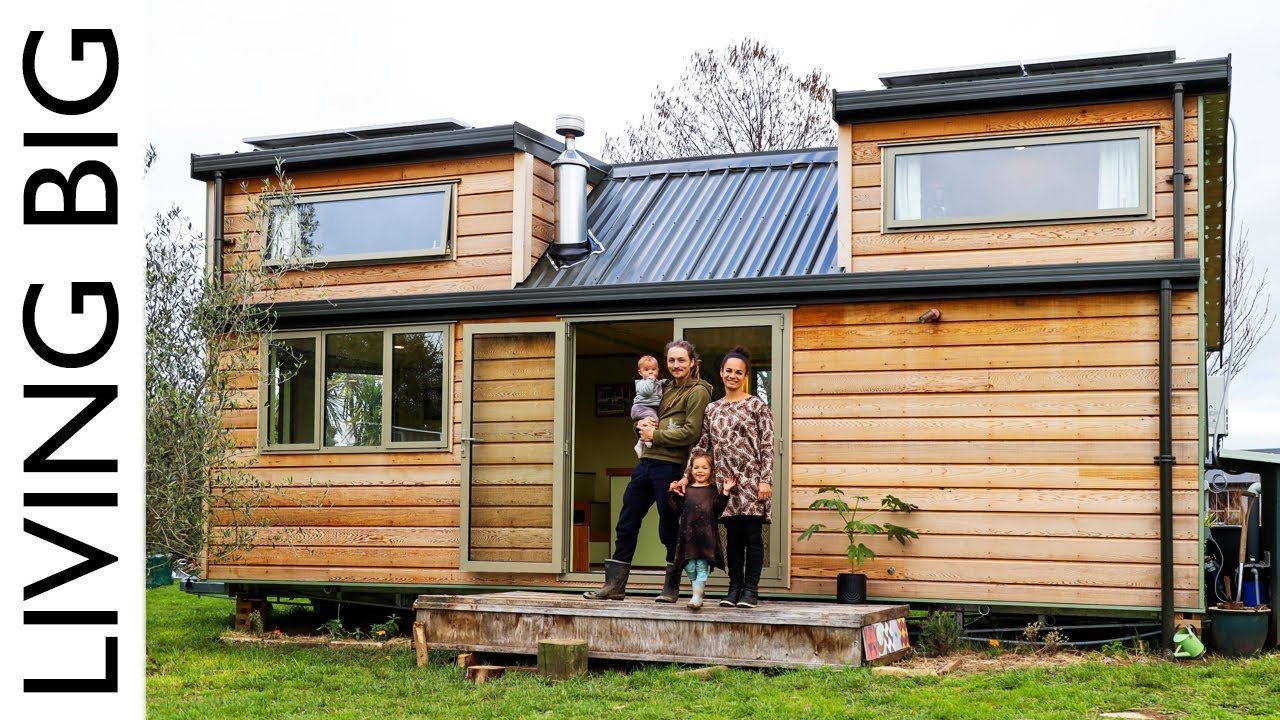
Fostering Independence and Responsibility in a Tiny Home
Living in a tiny house can be an incredible opportunity to teach children valuable life skills, including independence, responsibility, and resourcefulness. The limited space naturally encourages children to be more mindful of their belongings, participate in household chores, and develop creative problem-solving skills. This section will explore how the tiny house environment can be leveraged to foster these essential qualities, turning everyday living into a continuous learning experience. By involving children in the design, organization, and maintenance of their compact home, parents can empower them to become active and contributing members of the family unit.
Empowering Children Through Tiny Living
•Involve Them in Design and Organization: Allow children to have a say in the design of their personal spaces, such as choosing colors, organizing their toys, or decorating their bunk beds. This fosters a sense of ownership and responsibility.
•Age-Appropriate Chores: Assign age-appropriate chores that contribute to the upkeep of the tiny home. This could include making their beds, putting away toys, helping with dishes, or maintaining their personal storage areas. The immediate impact of clutter in a tiny space makes these lessons particularly effective.
•Decluttering and Minimalism: Regularly involve children in decluttering their belongings. Teach them the value of intentional ownership and the joy of having fewer, more cherished items. This reinforces the minimalist principles of tiny living.
•Resourcefulness and Problem-Solving: Encourage children to find creative solutions to space constraints or organizational challenges. This could involve repurposing items, building simple storage solutions, or finding new ways to use existing spaces.
•Outdoor Responsibilities: If the tiny home has an outdoor space, involve children in gardening, composting, or maintaining the exterior. This connects them with nature and teaches them about sustainability.
•Financial Literacy: Discuss the financial benefits of tiny living, such as reduced utility bills or mortgage payments. This can be a practical way to introduce concepts of budgeting and saving.
•Respect for Shared Spaces: Emphasize the importance of respecting shared living areas and the belongings of others. The close proximity in a tiny house naturally teaches empathy and consideration.
Educational Opportunities in a Tiny House
Beyond the practical lessons of space management and responsibility, tiny house living offers unique educational opportunities that can enrich a child’s learning experience. The close connection to nature, the emphasis on sustainability, and the hands-on nature of maintaining a compact home provide a living classroom. This section will highlight how parents can leverage the tiny house environment to foster curiosity, promote environmental awareness, and encourage a lifelong love of learning. From understanding energy consumption to observing local ecosystems, tiny living can turn everyday life into an engaging educational adventure.
Learning Through Living
•Energy and Resource Management: Children can gain a direct understanding of energy consumption by observing solar panels, monitoring water usage, or participating in composting. This fosters an appreciation for resource conservation.
•Environmental Awareness: Living closer to nature in a tiny home can encourage children to learn about local flora and fauna, weather patterns, and the importance of environmental stewardship.
•DIY and Practical Skills: Involve children in small DIY projects, repairs, or maintenance tasks around the tiny house. This teaches practical skills, problem-solving, and the satisfaction of building and fixing things.
•Minimalism and Consumerism: The minimalist lifestyle inherent in tiny living provides a natural context for discussions about consumerism, needs versus wants, and the environmental impact of possessions.
•Financial Literacy: The reduced expenses associated with tiny living can be a tangible way to teach children about budgeting, saving, and financial independence.
•Adaptability and Resilience: Tiny living often requires adaptability and resilience in the face of unexpected challenges. Children can learn valuable lessons about coping with change and finding creative solutions.
•Travel and Exploration: For tiny homes on wheels, travel becomes an integral part of life, offering children exposure to diverse cultures, landscapes, and historical sites, turning every journey into a learning adventure.
Health and Well-being in a Tiny Home
While space is limited, a tiny house can be a sanctuary for health and well-being for the entire family. The emphasis on decluttering, natural light, and a closer connection to the outdoors can contribute significantly to physical and mental health. This section will explore how to optimize the tiny house environment to promote a healthy lifestyle, from ensuring good air quality to encouraging physical activity and fostering mental calm. By prioritizing these aspects, tiny living can become a foundation for a balanced and thriving family life.
Promoting a Healthy Tiny Living Environment
•Air Quality: Ensure good ventilation to maintain indoor air quality, especially important in smaller spaces. Use non-toxic cleaning products and natural materials where possible. Consider air-purifying plants.
•Natural Light: Maximize natural light through strategically placed windows, skylights, and light-colored interiors. Natural light has a positive impact on mood and well-being.
•Physical Activity: Encourage outdoor play and physical activity. Even a small outdoor space can be utilized for active games. Explore nearby parks, trails, or community amenities.
•Mental Well-being: Create quiet zones or cozy nooks where children can retreat for reading, relaxation, or quiet play. Minimize digital distractions and encourage mindfulness.
•Healthy Eating: Design a functional kitchen that supports healthy meal preparation. Involve children in cooking and gardening to foster healthy eating habits.
•Sleep Hygiene: Ensure comfortable and dark sleeping areas for all family members. Establish consistent sleep routines, even in a compact space.
•Decluttering for Mental Clarity: Regularly decluttering not only creates physical space but also contributes to mental clarity and reduces stress for both children and adults.
Conclusion: Tiny Homes, Big Family Adventures
Living in a tiny house with children is a unique and rewarding journey that offers profound benefits beyond financial savings. It’s an opportunity to cultivate a lifestyle rich in intentionality, connection, and resilience. By embracing smart design, innovative storage solutions, and a proactive approach to safety and well-being, families can transform a compact dwelling into a dynamic and nurturing home. The challenges of limited space become catalysts for creativity, resourcefulness, and a deeper appreciation for experiences over possessions.
From kid-proofing every corner to fostering independence and embracing educational opportunities, tiny living can empower children to thrive in a minimalist environment. Ultimately, a family-friendly tiny house is not just about the structure itself, but about the vibrant life lived within its walls and the invaluable lessons learned along the way. It’s a testament to the idea that big adventures, strong family bonds, and a fulfilling life can indeed flourish in the smallest of spaces.
Related Articles:
•14 Smart Hacks to Make Your Tiny House Feel More Spacious
•Tiny House Outdoor Living and Gardening Ideas: Expanding Your Horizons
•DIY Tiny House Projects: Personalize Your Small Space on a Budget
•Tiny House Interior Design Trends 2025: Where Style Meets Functionality
•Seventable 47.2″ Lift Top Coffee Table – The Ultimate Multi-Functional Hub for Tiny Homes
•Are Tiny Houses Legal in Tennessee?
